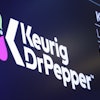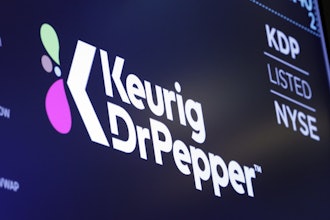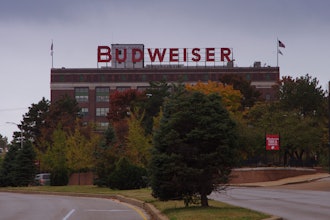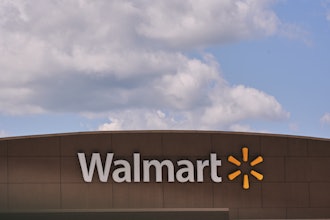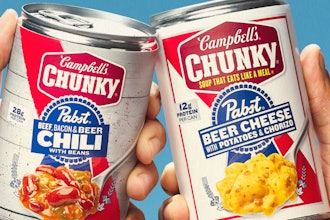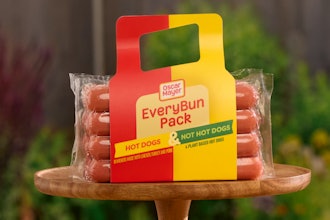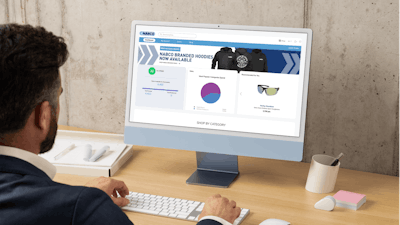
Loyalty program software developer Brandmovers says its technology can drive sales far in excess of the cash outlay, and eliminate slow, manual data collection.
As evidence, the company points to a recent application where NABCO (North American Breaker Company) was able to shift from a rigid rewards program to a “behavior-driven loyalty model.” The results, officials said, were 35-40% increases in purchases, units sold and revenue during promotional campaigns, and more than $90,000 in incremental sales from just $4,000 in promotional spend.
ID spoke with Chris Galloway, the Brandmovers EVP who helped implement the NABCO platform, about how distributors are looking to reimagine their loyalty programs to drive revenue long-term.
Industrial Disitribution: Can you give us a little bit of background on the NABCO application, just so our audience of distributors can understand what these loyalty programs can look like?
Chris Galloway: Absolutely. NABCO hosts a loyalty program through Brandmovers to basically reward their customers for purchasing their full collection of products. And they facilitate that through sharing the transactional sales data with us directly, and then we convert that into an automated rewards program. And it basically enables NABCO not only to automate what was normally a very manual task, but also add to that the ability to run very targeted promotions in an instant, using real-time data as opposed to the months and months that it takes sometimes to navigate offline.
ID: Distributors obviously would be a great fit for this type of software platform. Are you seeing that they are adaptable to this type of program? Talk to me about those types of mindset shifts that you’re seeing.
CG: The distributor mindset is one of empowering their marketing efforts and their sales efforts with data. And that’s really where this platform excels. Adoption comes at the customer level; the people that are buying from and through NABCO. And the mindset shift is there as well, because there’s a different mentality that happens when you can take the kinds of data and the kinds of insights that are being gathered through the program and use it to personalize it.
A couple of very important mind shifts: First of all, in order for adoption to be its highest, programs can’t be seen as transactional. They really need to be moving more towards that relational side of the spectrum. And that means triggered and highly personalized communications based on behavior in the program and our constant attention to provide these targeted promotions on a regular basis. The old mentality was this sort of ”set it and forget it” [method] — basically, set up a program, push play, and wait to see what happens at the end of the year. That’s no longer the case.
And NABCO has certainly proven that if you put pace and effort behind promotions and communications, engagement goes through the roof.
Lastly, as I think about that transition from ”set it and forget it” to this more retail-like promo engine, they’re seeing increases in data, and increases in engagement through the program, which basically just makes the program a flywheel — getting smarter and smarter every day.
ID: So if you’re a distributor who implements this type of program, what is the expectation in terms of the involvement of the manufacturer suppliers that they support? How does that work?
CG: It runs the spectrum. I would say, to start with, they’re minimally involved. Functionally, the distributor sets up the program, creates the promotions based on the sell-through that they’re looking for in their product lines. And the manufacturers and brands have the opportunity to get involved and run special offers through the platform and create higher sell-through with a really engaged audience. But at the outset, the distributor sets up the infrastructure, they’re capturing data in a very meaningful way, sharing it back to power and automate these promotions so the engine belongs to the distributor and they can implement that however they like as it relates to their suppliers and the brands.
ID: Let’s talk about ROI. Is there a specific strategy for detailing the KPIs the companies need to be tracking in order to understand how the solution is paying back?
CG: The big drivers of ROI really come down to three big things: enrollment, engagement and retention. And we set a specific KPI for each of those. Enrollment is really about getting your customers to opt in to the program, and you want to see that be as high a percentage as possible. NABCO is involving more than 80% of their active purchasing customer base in this program and they’re being affected by these promotions on a daily basis. The higher your enrollment percentage, the more revenue you can influence through the program.
Secondly, with engagement, obviously the goal is to generate incremental revenue. And engagement comes in two ways. It’s not just logging in, but it’s actual purchases. And when we start measuring purchases, we always recommend having a control group to measure against. So it’s really simple: in distributor programs, you have customers who are in the program and those who aren’t, and you also have the industry to benchmark against. And in a down industry for NABCO, we’re seeing 17% year-over-year revenue increase in members of the program versus non-members. And on an individual basis, we’re running promotions on a daily basis and measuring incremental revenue as compared to an average daily sale. And we’re seeing 22-to-1 ROI, or better, on the incremental spend.
And the last thing is retention and sustainability of the program. Obviously, finance wants to see the program generate and deliver both lift and ROI, but we’re also measuring for frequency of purchase, we’re measuring share of wallet and, at a broader level, if the data is available, measuring market share— so, how are they doing against their competitors?
ID: We hear a lot from distributors about some of the barriers they face when they’re encountering purchasing departments and procurement professionals, especially as those folks turn over and get younger, and sometimes they’re looking at just a cost equation in terms of who they buy from and why. Are you finding that the loyalty program’s existence is a factor that is being considered in those purchasing decisions? Or, how are you messaging that to those end users?
CG: The mere existence of a loyalty program influences their purchase decisions. And the answer to that question is 100%, unequivocally, yes. The qualification to that is that multiple competitors are going to offer programs. They’re going to offer incentives to stay with them. And what you have to be careful of in this business is creating a race to the bottom where loyalty programs become a replacement for discounts and rebates, right? And you’re spending more and more to acquire and retain customers.
And one of the biggest sort of customer challenges that we need to overcome as loyalty program designers is share shifting. And to manage that is really the opportunity of a loyalty program designer to ensure that not everything is based on a growth target. It’s not based on an artificial setting, but rather that sort of longevity and consistency in purchase, which is what not only the core program structure does, but also these very frequent promotions that target your best customers, keep them coming back to you because they’re getting something that the general customer can’t.
Loyalty is becoming a strategic engine for growth. It’s honestly becoming the fuel that powers every other marketing initiative because this is where first-party data comes to live. This is where first-party data drives more appropriate and intelligent segmentation. It’s also, again, you’re understanding and learning from your best customers in these kinds of programs — as long as that program, again, is reflective of the audience that you’re trying to influence and is genuine in its approach to building relationships and not just manipulating for more dollars.


